Indebted to the wrong people, with his life on the line, veteran of the U.S. Cavalry and now hired gun, Booker DeWitt has only one opportunity to wipe his slate clean. He must rescue Elizabeth, a mysterious girl imprisoned since childhood and locked up in the flying city of Columbia. Forced to trust one another, Booker and Elizabeth form a powerful bond during their daring escape. Together, they learn to harness an expanding arsenal of weapons and abilities, as they fight on zeppelins in the clouds, along high-speed Sky-Lines, and down in the streets of Columbia, all while surviving the threats of the air-city and uncovering its dark secret.
The City in the Sky – Leave the depths of Rapture to soar among the clouds of Columbia. A technological marvel, the flying city is a beautiful and vibrant world that holds a very dark secret.
Unlikely Mission – Set in 1912, hired gun Booker DeWitt must rescue a mysterious girl from the sky-city of Columbia or never leave it alive.
Whip, Zip, and Kill – Turn the city’s Sky-Lines into weaponized roller coasters as you zip through the flying city and dish out fatal hands-on punishment.
Vigorous Powers – Throw explosive fireballs, shoot lightning, and release murders of crows as devastatingly powerful Vigors surge through your body to be unleashed against all that oppose you.
Custom Combat Experience – With deadly weapons in one hand, powerful Vigors in the other, and the ability to open Tears in time and space, fight your own way through the floating city of Columbia to rescue Elizabeth and reach freedom.
1999 Mode – Upon finishing BioShock Infinite, the player can unlock a game mode called “1999 Mode” that gives experienced players a taste of the kind of design and balance that hardcore gamers enjoyed back in the 20th century.
BioShock Infinite, set in 1912, takes place in Columbia, a fictional city suspended in the air through a combination of giant blimps, balloons, reactors, propellers, and mainly "quantum levitation." Named in homage to the female personification of the United States, the city of Columbia was founded by self-proclaimed prophet Zachary Hale Comstock who used his connections in Congress to have the American government build it. The government intended Columbia to serve as a floating world's fair and as a display to the rest of the world of the success of American exceptionalism. The city was launched to much fanfare and publicity at the World's Columbian Exposition in 1893, and was later dispatched to distant shores, travelling from continent to continent.
Initially seen as the pride of the United States, tensions eventually rose between Columbia and the American government. In 1901, against the government's wishes, Columbia brutally and violently put an end to the Boxer Rebellion in Peking. This event revealed the floating city as a heavily armed aerial battleship, capable of unleashing devastation across the world. The American government subsequently demanded Columbia's return to sovereign soil, and, in response, Columbia seceded from the United States and disappeared into the clouds, its location soon lost to everyone else. Free from outside influence, Comstock now had complete control over the city, transforming it from a floating world's fair to a theocratic police state.
Under Comstock's rule, Columbia became a militant pseudo-Christian utopian society that worshiped him as a divine prophetic figure and the Founding Fathers of the United States as religious icons. Despite Columbia's apparent utopia exteriors, it is soon revealed to be a hidden dystopia. Institutional racism and elitism are widespread in the city, with White supremacy of the upper and middle classes heavily enforced by the government as law. Despite the drive for racial purity in Columbia, people of minority races are brought in to the city as a source for cheap labor. They are the underclass of Columbia, and are subjugated to serve mainly as slaves or indentured servants. As a result of this subjugation, minorities are largely relegated to menial and hard labor with no obvious opportunity for upward mobility. Racial segregation is also heavily enforced within the city, to the point where interracial couples face the risk of a public stoning.
By the time of the game's events, racial tensions have risen to the point where Columbia is on the verge of civil war, waged between the ruling "Founders" and the insurgent "Vox Populi," two factions with strongly opposing ideologies. The Founders, led by Comstock, are the prevailing political faction in the city, and are the rulers of Columbia. The city's ruling class, they are the racist ultra-nationalists who seek to keep Columbia's privileges purely for White American citizens while denying the same right to foreigners. The Vox Populi (Latin for "Voice of the People"), led by Daisy Fitzroy, are a rag-tag anarchist-communist resistance group who fight to restore the rights of Columbian citizenship to people of all races and religions. However, years of bitter struggle have driven them to fight the opposition more out of blind hatred, resulting in more violent and brutal methods.
In addition to the internal strife, Columbia is ravaged by "Tears" in the fabric of space-time. Being the result of past scientific experiments, these Tears reveal alternate universes, and allow for interaction with them. While most Columbian citizens regard these Tears as mere curiosity, some individuals have exploited the insight offered by them to create radically new weapons and technologies, while several others have replicated futuristic music and songs heard from the Tears, bringing anachronistic elements into the Columbia of 1912.
As with BioShock and BioShock 2, the player is able to locate audio logs – Voxophones – and film projectors – Kinetoscopes – that will expand on the history and nature of Columbia beyond those events occurring within the game. Though the game takes place before the events of the previous two BioShock games (occurring in 1960 for BioShock and in 1968 for BioShock 2), the question of whether Infinite occurs within this same timeline remains unanswered.
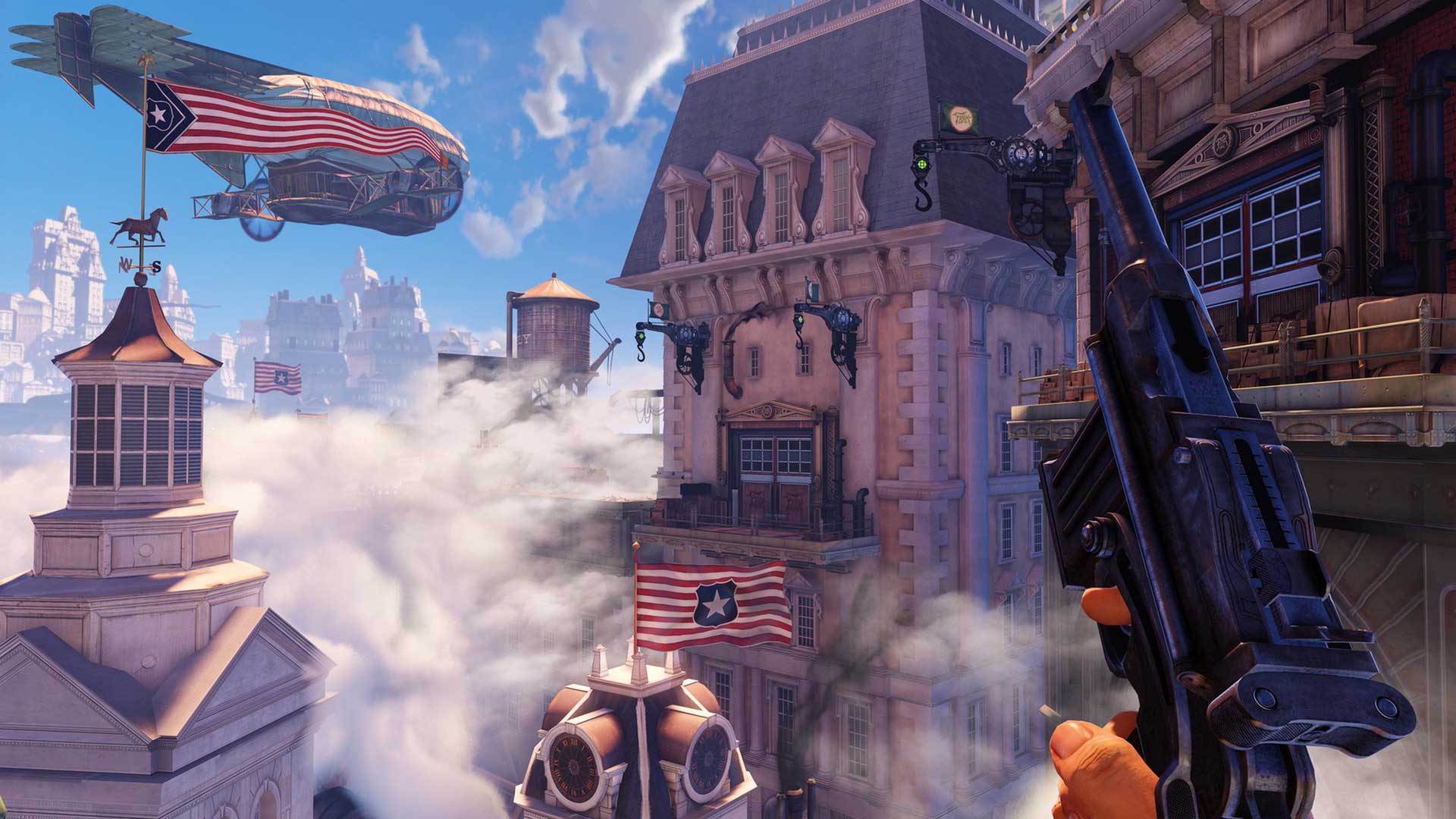
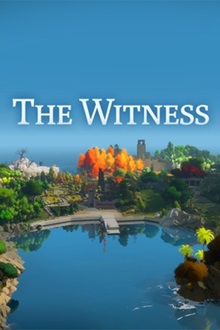
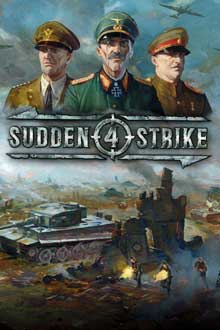
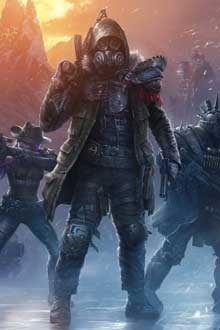
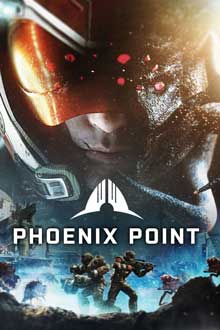
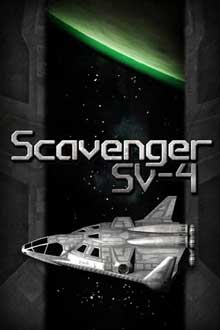
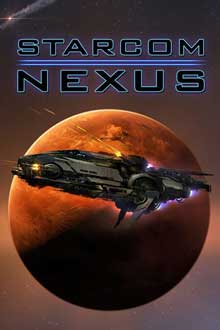
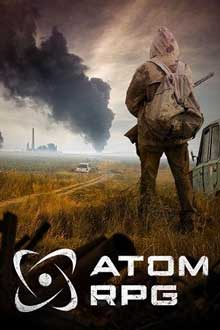
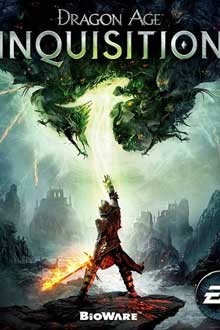
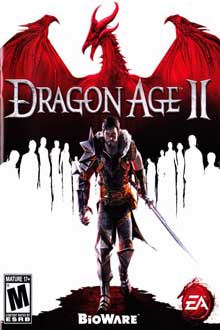
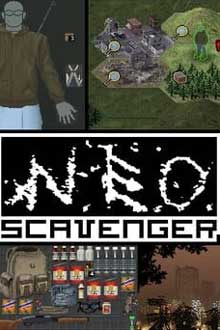
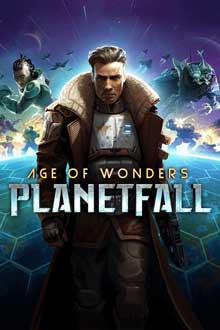
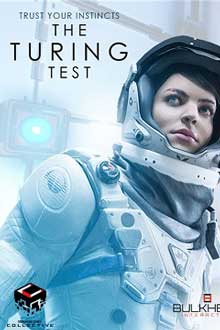

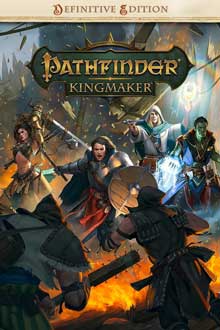
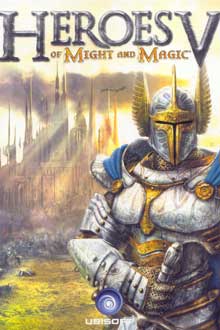
Comments